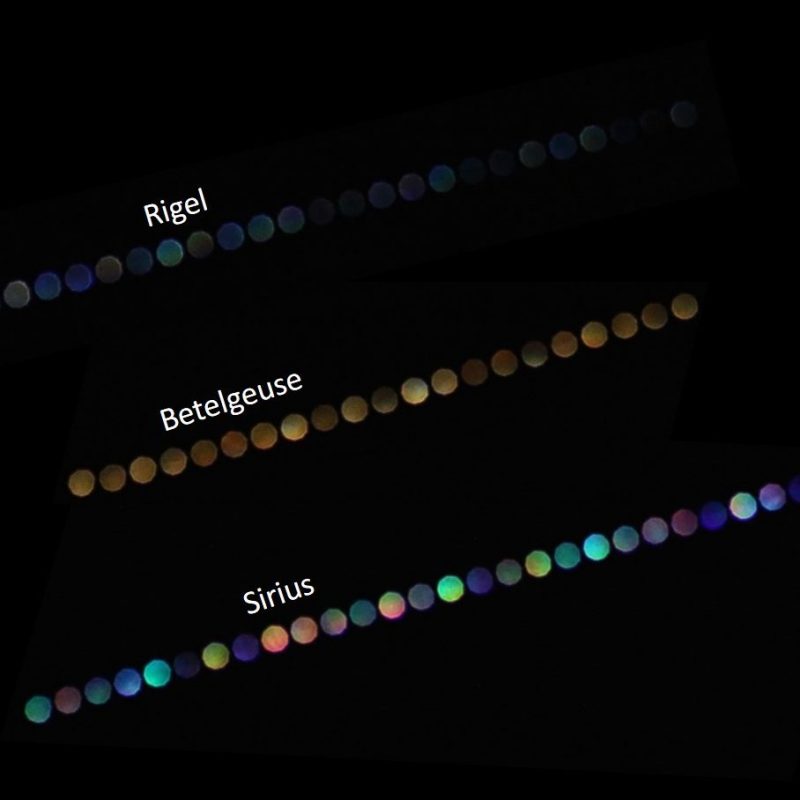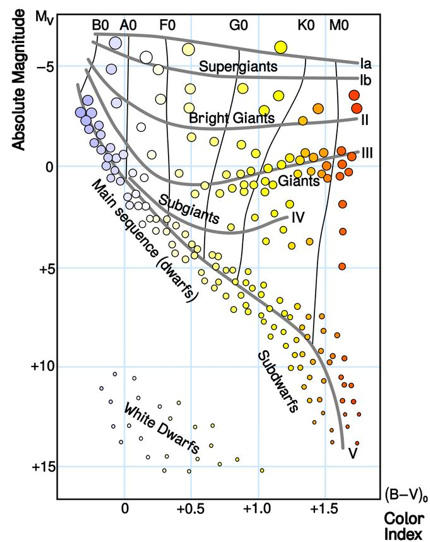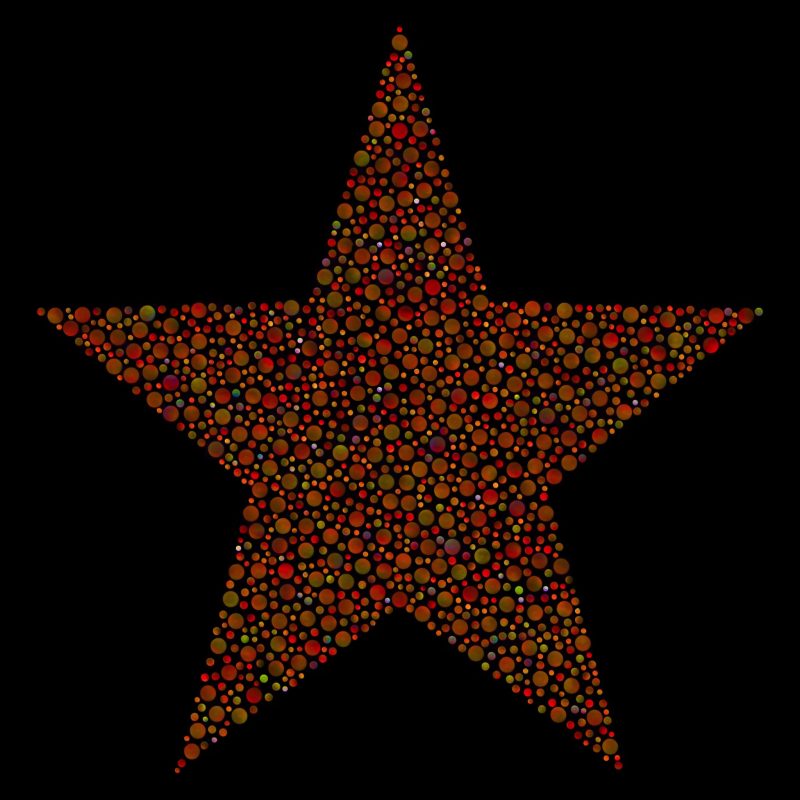Picture of Different Color Star Shapes

Tonight, let your eyes adjust to the darkness and note the subtle differences in the stars, each displaying their own color. Have you ever paid attention to their various hues? Let's explore some of the stars that you'll see flickering against the black backdrop of night in December. There's a whole spectrum of star colors sparkling up there, from cool red stars to middle-range yellow stars to hot blue-white stars.
The colors of the stars
In the northeastern evening sky shines a bright star with the name of Capella. Capella's nickname is the Little She-Goat, and it lies in the constellation Auriga the Charioteer. Like brighter Sirius, which rises around 8 to 9 p.m. in the southeast, Capella often flickers deliriously when low in the sky. This effect has nothing to do with the stars themselves but rather is caused by Earth's turbulent atmosphere. The twinkling effect is particularly prominent with the stars Capella and Sirius because they are so bright.
Can you spot Capella? If so, notice that it's a golden star. A star's spectral type indicates its color. Capella is a G star. Our sun is also a G star. Both our sun and Capella shine with a golden light.
Sirius – the sky's brightest star, after the sun – is almost always described as a white star. It's an A type star.

The true colors of stars
The stars' true colors are apparent when they climb higher in the sky and above the turbulence of Earth's atmosphere. If you have good eyesight and a dark, clear sky, you should be able to detect hints of color with the brighter stars. If you have difficulty discerning star colors with the unaided eye, look at these stars through binoculars.
Try contrasting golden Capella with the reddish star Aldebaran and the stars of the misty Pleiades cluster higher up. What differences do you see?
The light of a star reveals many things, including the stars' surface temperatures. The yellowish color of Capella indicates a mid-range surface temperature, much like our sun. The red of Aldebaran is typical of the lower surface temperature of an older star, whereas the blue of the Pleiades reveals their high surface temperature and young age.
Also have a look at the blue-white star Elnath. Officially part of Taurus, some stargazers consider it part of Auriga as well.

The stars of Orion
Orion, a prominent constellation in December, sports a noticeably red star and blue star. The red star is Betelgeuse marking one shoulder, while the blue star is Rigel marking the opposite knee. Notice the shades of red and orange of Betelgeuse in the creative collage below.


Bottom line: Winter is the perfect season for noticing the colors of the stars. Never noticed them? Check them out tonight!
Larry Sessions
View Articles
About the Author:
Larry Sessions has written many favorite posts in EarthSky's Tonight area. He's a former planetarium director in Little Rock, Fort Worth and Denver and an adjunct faculty member at Metropolitan State University of Denver. He's a longtime member of NASA's Solar System Ambassadors program. His articles have appeared in numerous publications including Space.com, Sky & Telescope, Astronomy and Rolling Stone. His small book on world star lore, Constellations, was published by Running Press.
Picture of Different Color Star Shapes
Source: https://earthsky.org/tonight/can-you-see-the-different-colors-of-the-stars/